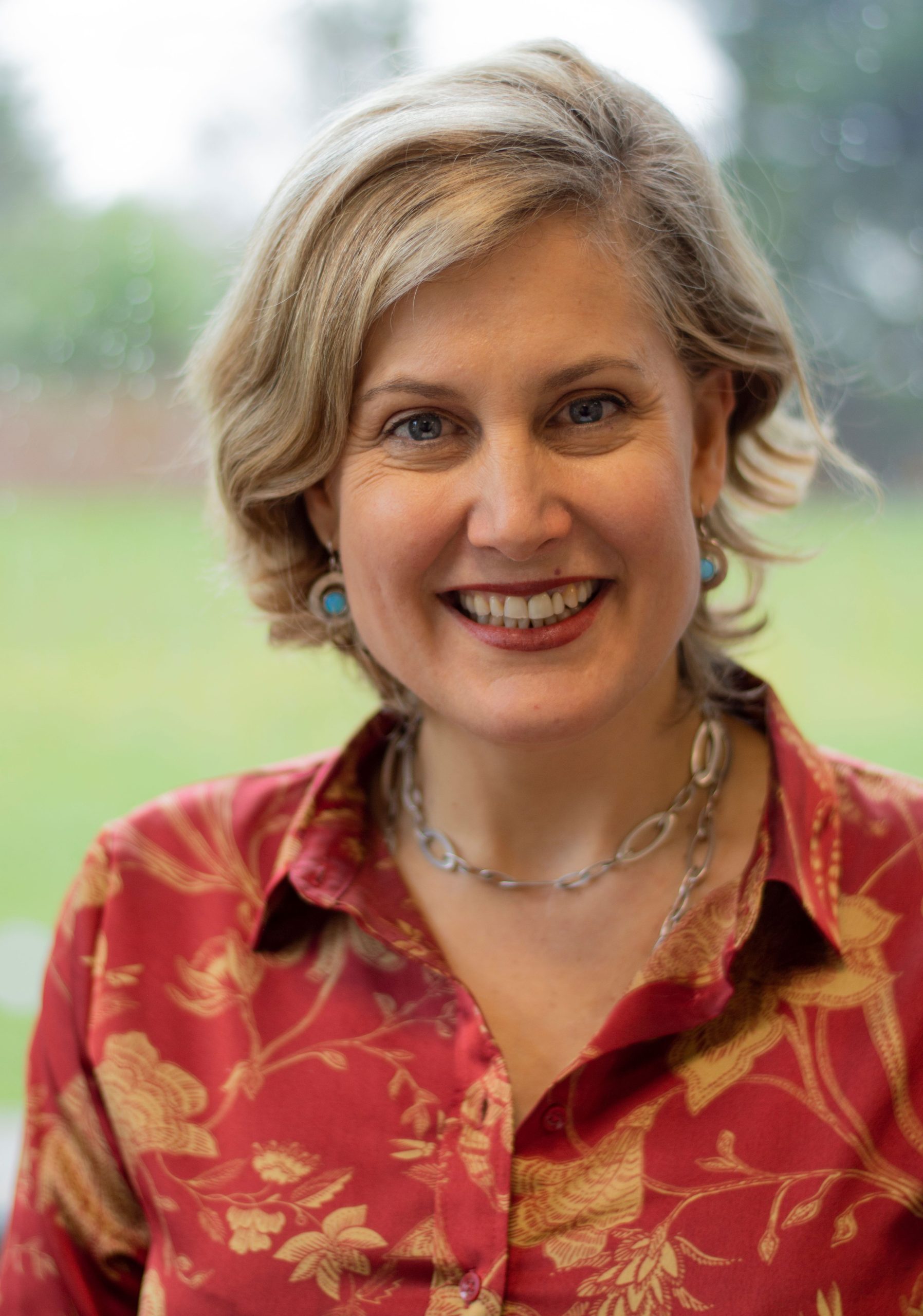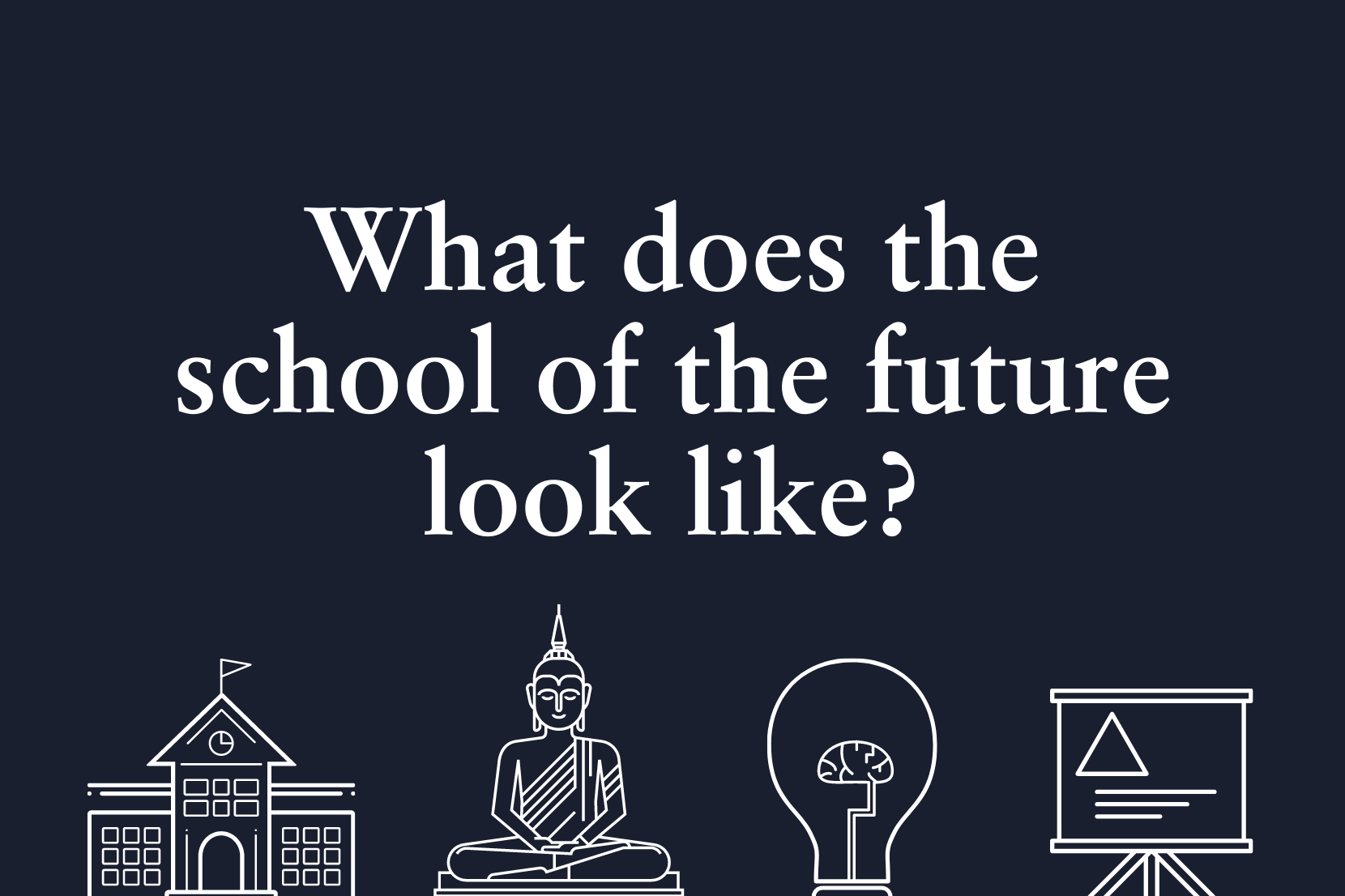By Hayley Pienaar, House Director and Teacher of English, Business and Economics at CATS College Cambridge

Following a career as a Reuters News Agency Correspondent in London and Johannesburg, Hayley completed her PGCE with distinction and taught English for several years. She then became Director of Marketing and Communications at a leading independent school in South Africa.
After two years teaching at CATS College Cambridge, Hayley was appointed as a House Director – responsible for the personal development and pastoral care of around 100 international students.
Hayley Pienaar
House Director and Teacher of English, Business and Economics, CATS College Cambridge
Equipping students with the critical and agile learning skills, and entrepreneurial and global mindset, they will need to thrive in the world of tomorrow is something that schools should focus on much earlier.
We need to reimagine our upper schools and make them more agile in anticipating and adapting to this world of change.
My vision of a reimagined ‘high school’ for the future is a place that combines a top university, a spiritual space, a creative laboratory and a marketplace. These are the four creative inputs that will best guarantee that we are offering the best possible preparation for what is to come.
Top university
Universities of excellence build their educational model around the power of the tutorial. Schools and colleges modelled on this approach highlight academic rigour and encourage the skills of enquiry and presentation in small group settings. This testing of hypotheses against opposing views allows for the ability to voice opinions, something that is often constrained in a normal classroom setting.
The tutorial approach mirrors the rough and tumble ‘marketplace of ideas’ of the real world much more closely and sharpens young minds to think about how best to marshal and articulate an argument, but also embeds a collegial respect for others’ points of view and the benefits of working together.
The tutorial method is almost unheard of in upper schools, where the emphasis is usually on preparing a body of content for standardised exams such as GCSEs and A levels. The benefit of teaching 14- to 18-year-olds in this manner is evident in their growing confidence, capability and willingness to stand up for their convictions, all of which are critical skills in life.
A spiritual space
What role does a spiritual space play in the reimagined school of the future? It should create a sense of peace, individual accountability and responsibility, and shared humanity, where mutual respect is encouraged as a guiding principle.
The school of the future should be a model of holistic care where a student’s wellbeing is nurtured, and the individualistic fending-for-yourself ethos is tempered. We need to acknowledge that pastoral care is integral to creating a well-rounded learning environment fit for the world of tomorrow.
At our college, personal tutors care for around 10 students, who are free to speak about any topic from academic to personal or administrative issues. We build in time for quiet reflection, and encourage students to turn up, try hard, be kind and smile.
The school of the future must consider the whole student and aim to create a sense of purpose, peace and value that can act as a counterbalance to the rigour and competitiveness of a single-minded pursuit of academic excellence.
Creative Laboratory
The reimagined school of the future should consciously take an innovative approach to everything, including the curriculum.
The teacher is recast as a facilitator or curator, sharing information rather than imparting knowledge. Far from relinquishing responsibility for teaching, this approach recognises that innovation and creativity flourish best in a shared, egalitarian environment.
With so many international students, we encourage students to share information about events in their own countries. For instance, in economics classes students are challenged to discuss their country’s government’s handling of the pandemic, how measures taken compare to other countries, and then locate this within the wider context of global inequality.
This willingness to create a creativity ‘hothouse’ or marketplace of ideas generates genuine excitement because students know more than they think they do and being given the freedom to create brings this innate knowledge to the fore.
Juxtaposing the traditional with the deliberately innovative and creative forges a reimagined school.
Marketplace
Reimagined schools must connect better and more directly with the world of work. Increasingly the marketplace demands that, as well as being intellectually rigorous and creative, students be enterprising and commercial.
In the future, students will need to understand the primacy of the competitive marketplace and be fearless in putting their skills to the test.
The school of the future will move to balance academic with commercial training. For some time now, it has been evident that not all students need to follow a purely academic pathway – but the alternative vision tended to be a separate trade-orientated apprenticeship programme. Schools of the future will redress this imbalance by offering a third way, where academic subjects mix naturally with commercially savvy instruction.
The school of the future
This eclectic mix of university thinking, spiritual space, creative laboratory and marketplace combines the four educational strands we feel are most important in preparing students to thrive in the world of tomorrow.
